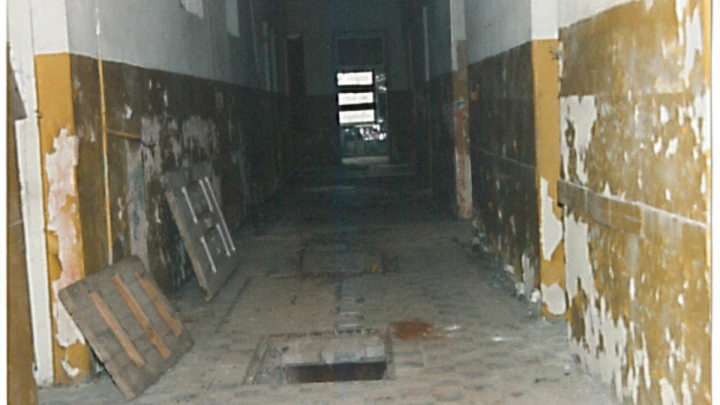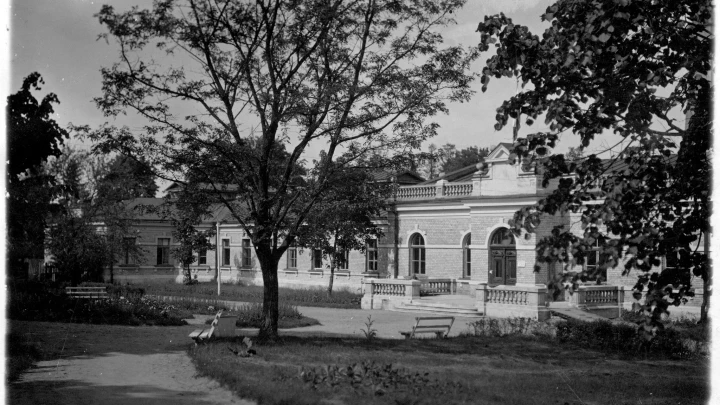History of the Hotel
Druskininkai is the oldest and largest year-round balneological, mud, and climate resort in the country. Richly endowed by nature, it is valued not only for its therapeutic properties but also for its picturesque scenery.
Some sources suggest that on 20 June 1794, by order of the Polish King Stanislaus Augustus Poniatowski, Druskininkai was officially declared a healing area — a date often considered the town’s founding day. Other sources cite 4 January 1838, when Russian Emperor Nicholas I, following research by Vilnius University professor Ignacy Fonberg, approved the establishment of a health resort in Druskininkai.
The first medical facility of the resort was established in 1838: a wooden mineral water spa was built and soon expanded to 50 baths. As with many wooden structures of the time, it suffered from fires and floods, and the original Druskininkai health resort was no exception, burning down in 1894.









